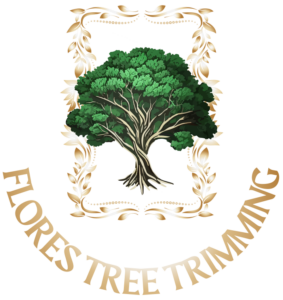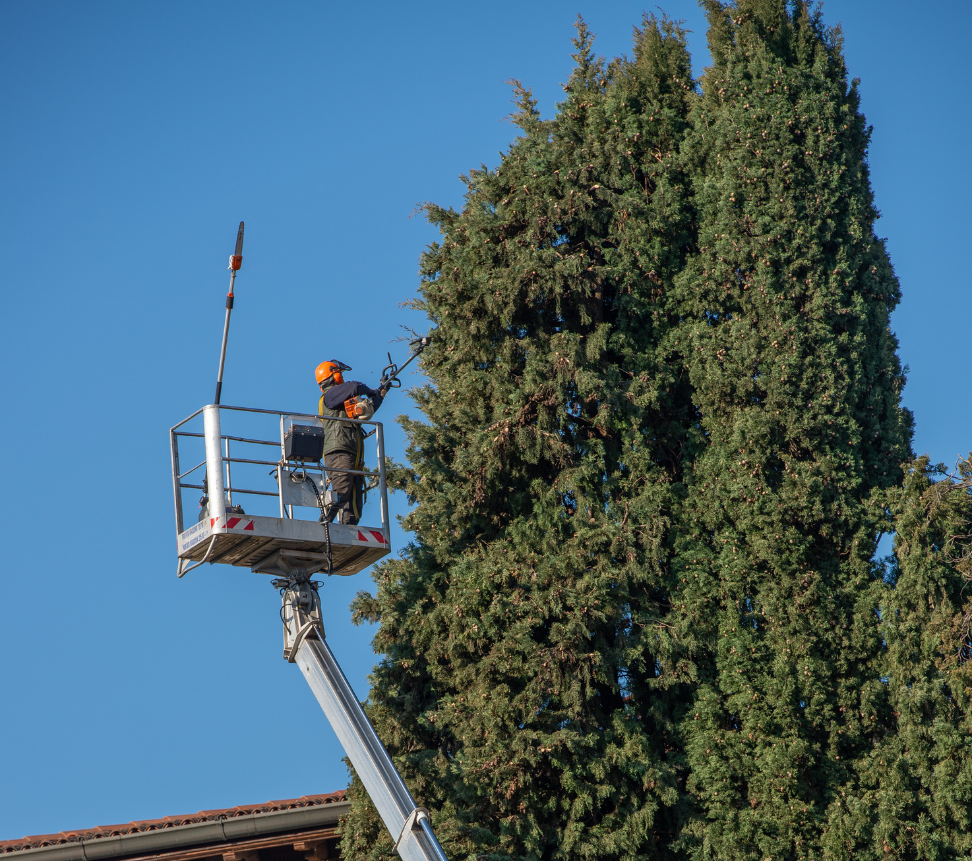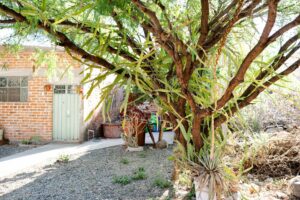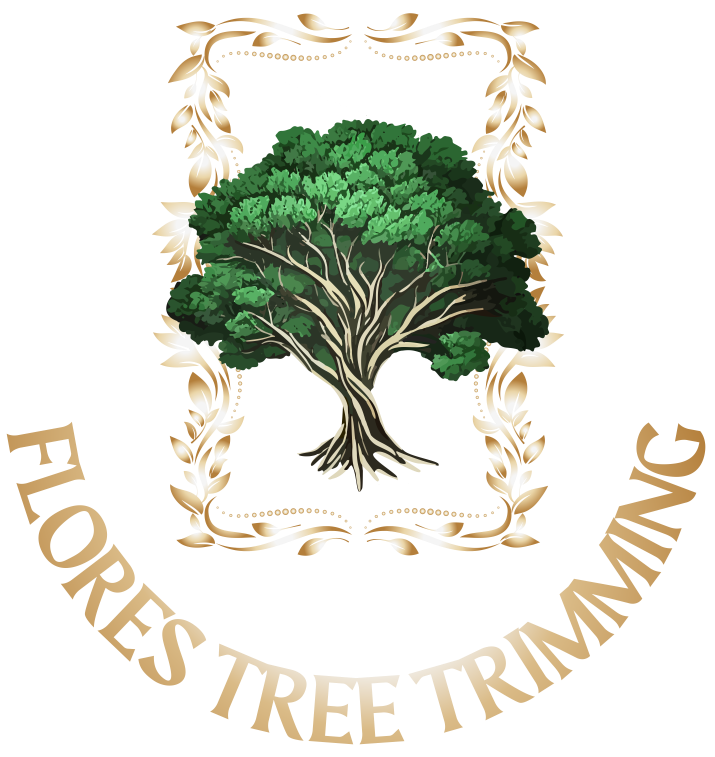Living in the desert region of Las Vegas, Nevada, brings its own unique set of challenges when it comes to maintaining your landscape. Among these challenges is the proper care and maintenance of your trees. Pruning trees at the right time and frequency is crucial for their health, aesthetics, and overall safety. In this blog post, we will delve into the importance of tree trimming, discuss the recommended frequency for trimming, and provide valuable insights for residents of Las Vegas, Nevada.
Why Tree Trimming Matters: Tree trimming plays a vital role in maintaining healthy and thriving trees. Proper pruning offers numerous benefits, including:
- Promoting Tree Health: Trimming dead, diseased, or damaged branches helps prevent the spread of diseases and pests, allowing your trees to allocate resources efficiently for new growth.
- Enhancing Aesthetics: Regular pruning improves the shape and appearance of trees, enhancing their visual appeal and complementing your landscape design.
- Encouraging Fruit Production: Fruit-bearing trees often require specific pruning techniques to promote healthy fruit production and maximize yields.
- Preventing Hazards: Trimming eliminates weak or overhanging branches that pose a safety risk during storms, high winds, or other adverse weather conditions.
When to Trim Trees in the Las Vegas Desert: While the timing for tree trimming may vary depending on the species and specific circumstances, there are general guidelines to follow:
- Winter Dormancy: Late winter or early spring, when trees are dormant, is an ideal time for pruning most tree species in the Las Vegas desert. This period allows for optimal healing and minimizes the risk of disease transmission.
- Avoiding Monsoon Season: In the Las Vegas desert, the monsoon season typically occurs in July and August. It is advisable to avoid tree trimming during this time to prevent stress and potential damage to trees caused by sudden heavy rains and strong winds.
- Prompt Removal of Hazardous Branches: If you notice dead or damaged branches posing an immediate risk to people or property, it is essential to address them promptly, regardless of the season.
How Often Should Trees be Trimmed: The frequency of tree trimming depends on several factors, including the tree species, growth rate, age, and desired outcomes. As a general guideline:
- Young Trees: For young trees, it is crucial to establish a proper structure through formative pruning in the first few years. This may involve regular light pruning to eliminate weak or crossing branches and promote a strong framework.
- Mature Trees: Mature trees generally require less frequent trimming, with an average of every 3-5 years. However, it is crucial to monitor their health and structural integrity regularly to address any potential issues promptly.
- Fruit Trees: Fruit-bearing trees may require annual pruning to maintain a healthy and productive shape. This process involves removing dead or diseased wood, thinning crowded branches, and shaping the tree for optimal fruit production.
Smart Watering and Tree Care: In the desert climate of Las Vegas, proper watering is essential for tree health and vitality. Implementing smart watering practices, such as deep and infrequent watering, helps trees develop deep root systems and become more resilient to drought. Consult local resources, such as the Southern Nevada Water Authority, for guidelines on efficient watering techniques.
Reliable Sources: To ensure the accuracy and credibility of the information provided in this blog post, the following sources were consulted:
- University of Nevada Cooperative Extension – https://extension.unr.edu/
- Southern Nevada Water Authority – https://www.snwa.com/
- International Society of Arboriculture – https://www.isa-arbor.com/
- Arbor Day Foundation – https://www.arbord




